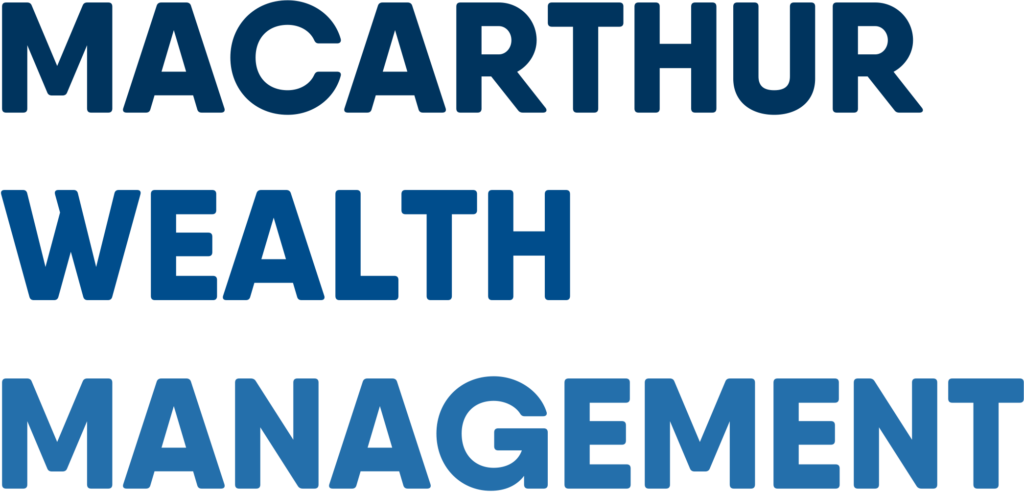Investment Advice For Wealth Creation

Investment Strategies
We develop tailored investment strategies to match your financial goals and risk tolerance. Our services include advice on investing cash reserves, property sale proceeds and inheritances, as well as structuring investments for your children and grandchildren. We also offer regular investment plans for your spare income to help build your wealth over time.

Portfolio Construction
We carefully design your portfolio by strategically allocating assets across a variety of investments. This approach ensures an ideal balance between risk and return, maximising your growth potential while safeguarding your financial future.

Portfolio Management
Our ongoing management services ensure your investments perform optimally. We continuously monitor the markets and your portfolio, making strategic adjustments to maximise returns.

Investment Access
Unlock a world of investment opportunities with our access to a wide array of markets, assets and investment funds. This includes Australian and international shares, managed funds, Real Estate Investment Trusts (REITs), Exchange Traded Funds (ETFs) and alternative investments.

Risk Management
We safeguard your investments by proactively managing risks, ensuring your portfolio remains secure, balanced and aligned with your objectives.
How We Make Investing Easy
We aim to make managing your investment portfolio as straightforward and stress-free as possible. Our process includes:
Consultation Process
We start with an in-depth consultation to understand your current situation and goals.
Personalised Investment Advice
Based on our findings, we provide tailored advice to build your investment portfolio.
Implementation
We handle the paperwork and administrative tasks involved in implementing our recommendations, ensuring a smooth and effortless process.
Ongoing Support
Our commitment doesn’t end with the initial advice. We offer ongoing support and regular reviews to ensure your investments remains on track.
At Macarthur Wealth Management, we take the stress out of managing your investment portfolio. With expert advice, you can rest easy knowing your investments are in good hands.
Speak with our Financial Advisors
It is never too early to start planning.
Tell us more about your goals, and our qualified financial planners will get you started on a roadmap to achieve them.

